Consideration Regarding the Guidance of the Sportive Shape from a Weekly Cycle to Another Using Analysis Software in High Performance Football
Abstract
The content of the research content is trying to prove that physical training can be optimized from a weekly cycle to another, in quantitative and qualitative terms. One of the requirements is to always check the training level of the team with various stimuli and, in this context, the sportive shape from one game to another. This can be monitored using the “INSTAT” System of analysis after each competition. The statistic obtained gives us physical data that we can compare from one game to another, both within the team, but especially individually, such as the distance travelled by team/ player, the total distance broken down by intensities, the number of accelerations and sprints. These issues confirm or disprove that the guidance of the effort from a competition to another is within optimal standards. As a result of the interpretation of the data offered by the analysis system, it can be found a pattern to achieve and maintain optimum sportive shape to ensure the superiority, on the physical plane, over the opponent. The permanent individualization of the training process is crucial in a weekly cycle, because not all the athletes react the same way to the training stimuli, reaching unwanted areas of effort for that training, and thus disturbing the preparation process in the next weekly cycles of the competitive period.
Keywords: Football, physical preparation, sportive shape
Introduction
Football game represents an activity with an alternative aerobic-anaerobic demand, so that, on a
more or less constant aerobic basis, there are repeatedly inserted anaerobic phases of maximum
intensity. Among all sports games, football has the highest aerobic demand imposed by both the game
duration and the distance that the footballers have to cover (Stoica, 2003).
On the other hand, the game phases mainly consist of fully demanding actions performed at
maximum speed and lasting a few seconds – most of them, between 1 and 20 seconds.
In terms of physical effort, football game falls into the category of sports disciplines with a mixed
effort; the energy supplied to sustain competitive effort is provided by all three energy systems in
different proportions (Stoica & Blejan, 2012).
For physical trainers, information from the technological, biological, video-IT and methodological
fields is crucial to optimizing physical training during the preparation and competition process (Stoica
& Blejan, 2012).
Through the content of this research, we are trying to prove that physical preparation
can be optimized from one weekly cycle to another, from both the qualitative and quantitative points of
view. One of the requirements is to permanently check, with different stimuli, the group preparation
level and, in this context, the sportive shape from one game to another. This can be monitored using the
“INSTAT” analysis system software after each competition.
The obtained statistic provides us physical data that we can compare from one game to another, at
both the group (team) and especially the individual level, such as: distance travelled by the team/
player, total distance parcelled on intensities, number of accelerations and sprints, aspects which
confirm or disprove that the effort management from one competition to another is within optimal
standards.
Statistical data provided by the “INSTAT” software give us information
which, if analysed and applied during the weekly cycle, can influence, in one way or another, the
sportive shape.
components of CS Universitatea Craiova football team - 1st League.
The program was applied to the entire group of players from CS Universitatea Craiova, a 1st League
team. The group was made up of 29 players. Among them, 8 played in both Game 1 and Game 2.
Materials and methods
The preparation program designed for the period between the two games - competitions was
conducted over 7 weeks. Within the preparation process, two aspects changed:
aerobic work power increased from two to three rounds of 5-7 minutes, with travelled distances between 30 and 100m, and the working time between 6 and 16 seconds, with breaks equal to or twice
as much as the effort;
muscle strength was not worked any more only through the content of field training sessions, but also through the work in the weight gym, on the basis of individualization and using exercises
performed at different intensities during the 7 weeks.
Results
We conducted directly the physical preparation of the team, by individualizing the preparation
process on the basis of physical reports received weekly, after each competition. During this period, 10
official games were played, two in the Romanian Cup - both won - and 8 games in the 1st League,
where we collected 20 points.
These aspects contribute to maintaining an optimal psychic-physical condition at the group level,
which makes us confident that physical preparation can be optimized, standardized throughout the
competition calendar.
Game no. 1 took place on August 8, 2014, and the data received, as well as the team’s evolution,
were satisfactory. Data analysis indicated however that the players did not have enough aerobic power,
the aerobic work within the weekly cycle was not sufficient and their muscle strength did not allow
them to perform the number of sprints intended. We started increasing the aerobic work (MAV-
maximum aerobic volume) weekly and, from 1,500 meters of aerobic power covered by the players
within several repetitions, they managed to work 3,000 meters, and at the muscle level, to alternate and
even combine the work performed in the weight gym with the specific fieldwork.
On September 28, 2014 (Game no. 2), the team showed an increase, both quantitatively and
qualitatively, in all aspects. There was significant increase in the distance covered as a team and
increase in the number and distance of sprints. From 3 players who were traveling a distance of over 10
km in the game, it was reached the number of 8 players who did that; moreover, 5 of them exceeded 11
km, which confirmed that the analysis, decisions and imposed schedule had been effective. This
training program, designed for being applied between the two games, lasted 7 weeks.
Throughout the preparation process, only two things changed: aerobic work power increased from
two to three rounds of 5-7 minutes, with travelled distances between 30 and 100m, and the working
time between 6 and 16 seconds, with breaks equal to or twice as much as the effort; muscle strength
was not worked any more only on the field, but also in the weight gym, where the team worked at
different intensities.
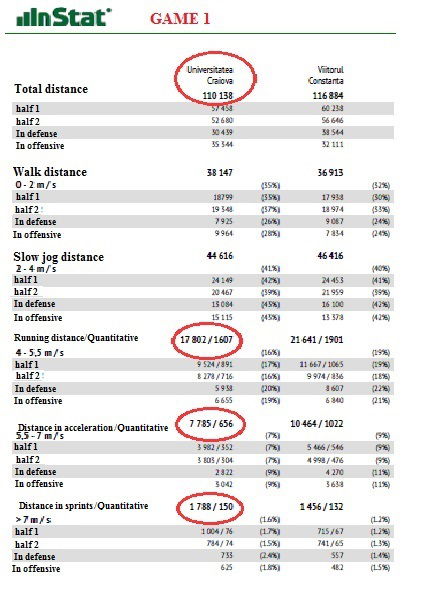
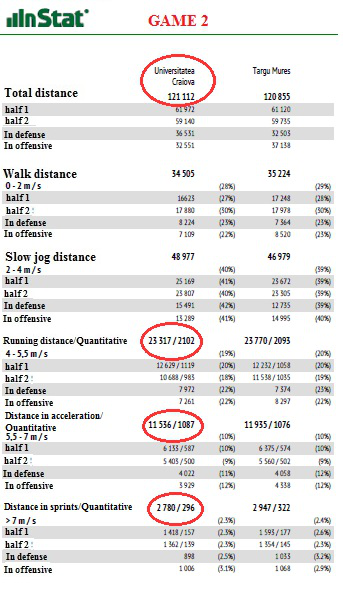
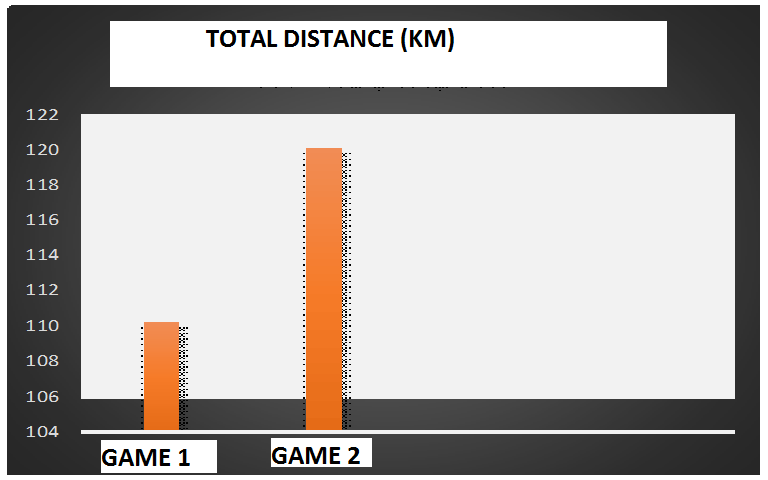
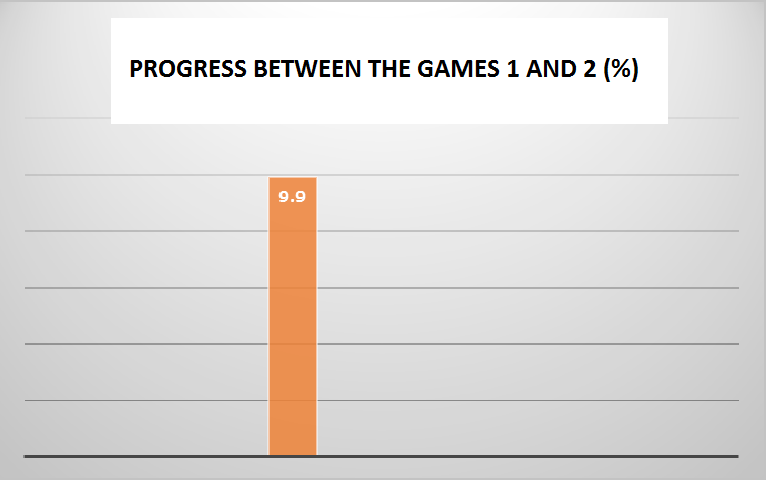
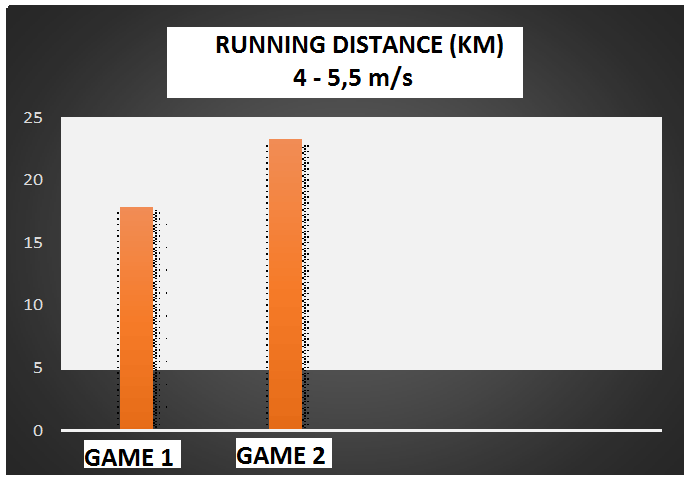
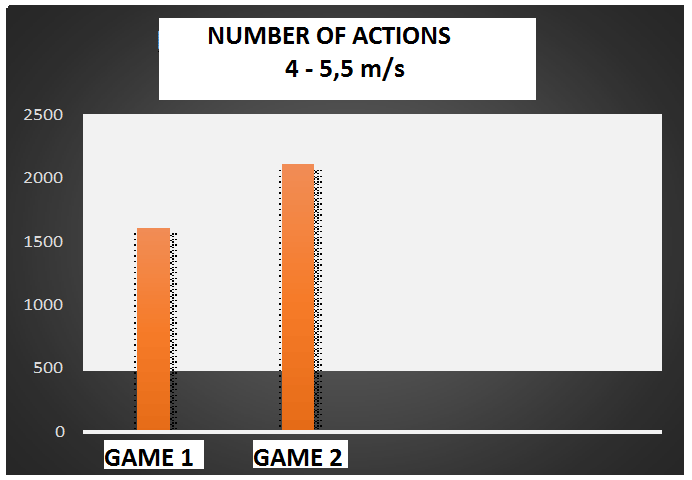
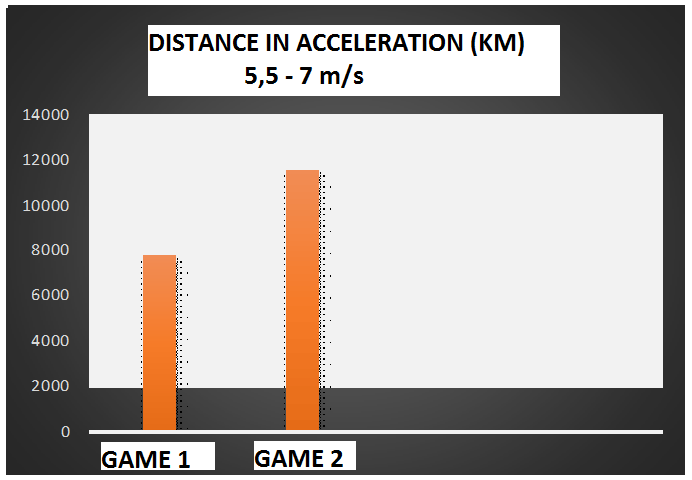
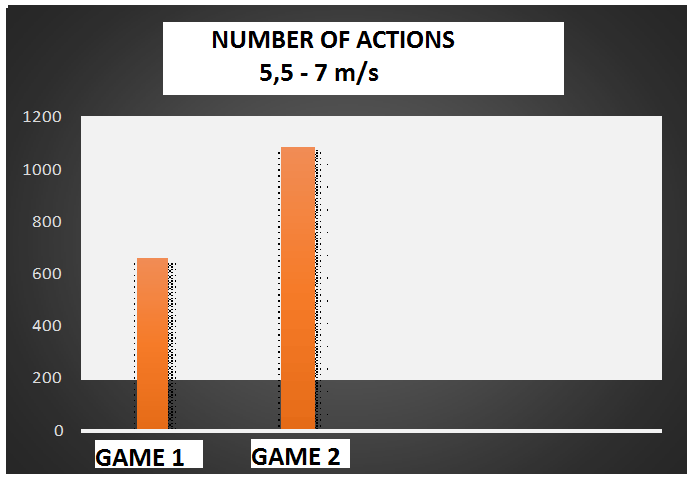
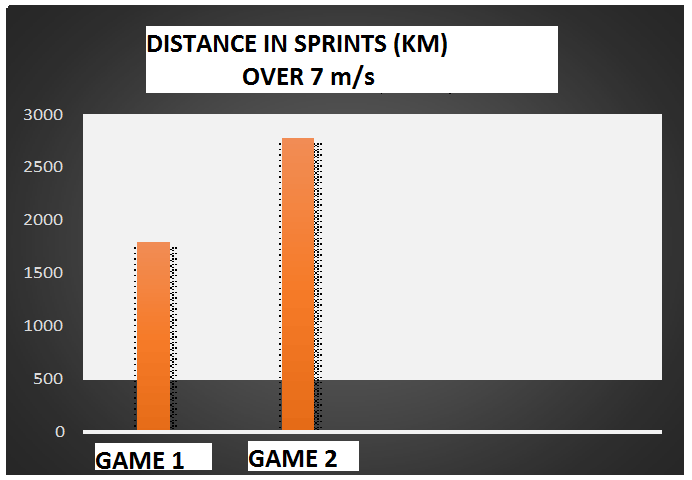
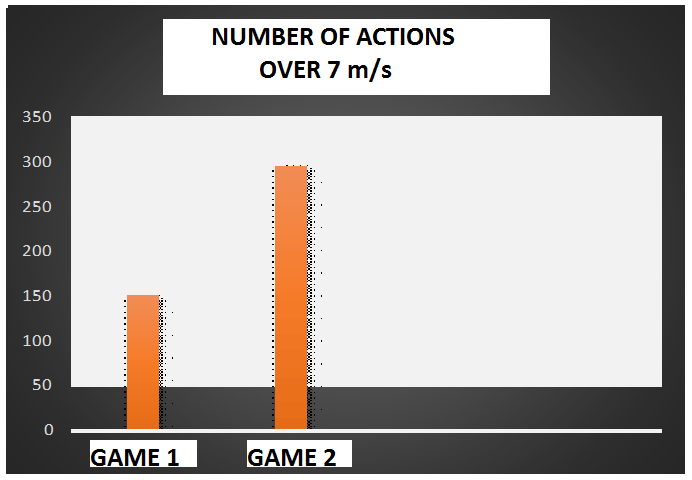
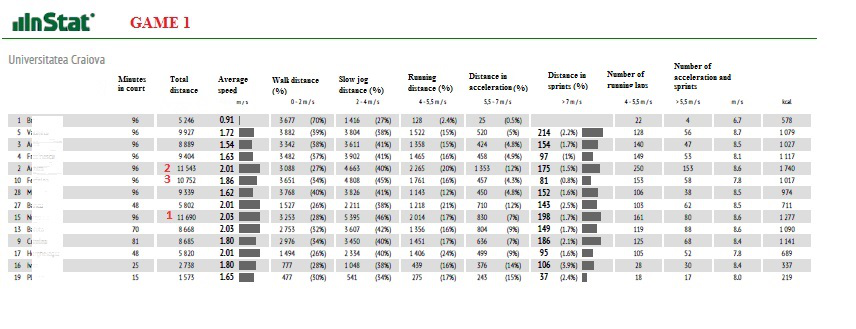
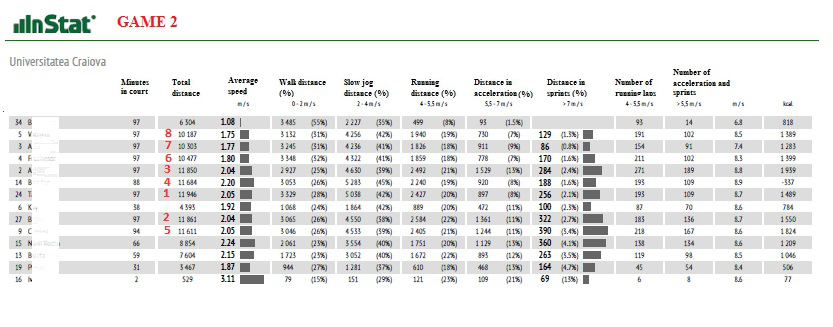
Discussions and conclusions
The program application over the 7 weeks has led to significant increases on all planes in Game no.
2, as follows:
total travelled distance has increased by 9.9% ; the running distance at a speed of 4 to 5.5 m/s has increased by 30.9%, and the number of actions at this speed has increased by 30.9%;
the running distance at a speed of 5.5 to 7 m/s has increased by 48%, and the number of actions at this speed increased by 65%;
the running distance at higher speed, 7 m/s, has increased by 55%, and the number of actions at this speed has increased by 97% ;
the number of players covering more than 10 kilometres has increased from 3 players to 8 players. Based on these results, it is confirmed the research hypothesis.
As a result of the correct interpretation of data provided by the analysis system, it can be found a
pattern to reach and maintain an optimal sportive shape, in order to ensure superiority over the
opponent, from the physical point of view.
Permanent individualization of the preparation process is decisive within a weekly cycle, because
not all the athletes react identically to the training stimuli, reaching some effort zones undesirable for
that training, and thus disturbing the preparation process in the next weekly cycles of the competitive
period.
References
Stoica, M. (2003). Considerații privind alcătuirea unui mezociclu de bază, perioada competițională, fotbal,
Divizia Națională. Retrieved from www.sportscience.ro
Stoica, M., & Blejan, C. (2012). Optimization of the physical training by adapted specific tests in high
performance football. 3rd World Conference on Learning: Teaching and Educational Leadership. Brussels, Belgium. Retrieved from www.awer-center.org
Copyright information

This work is licensed under a Creative Commons Attribution-NonCommercial-NoDerivatives 4.0 International License.
About this article
Publication Date
10 June 2016
Article Doi
eBook ISBN
978-1-80296-010-5
Publisher
Future Academy
Volume
11
Print ISBN (optional)
-
Edition Number
1st Edition
Pages
1-509
Subjects
Sports, sport science, physical education
Cite this article as:
Stoica, M., & Blejan, C. (2016). Consideration Regarding the Guidance of the Sportive Shape from a Weekly Cycle to Another Using Analysis Software in High Performance Football . In V. Grigore, M. Stanescu, & M. Paunescu (Eds.), Physical Education, Sport and Kinetotherapy - ICPESK 2015, vol 11. European Proceedings of Social and Behavioural Sciences (pp. 106-112). Future Academy. https://doi.org/10.15405/epsbs.2016.06.15

